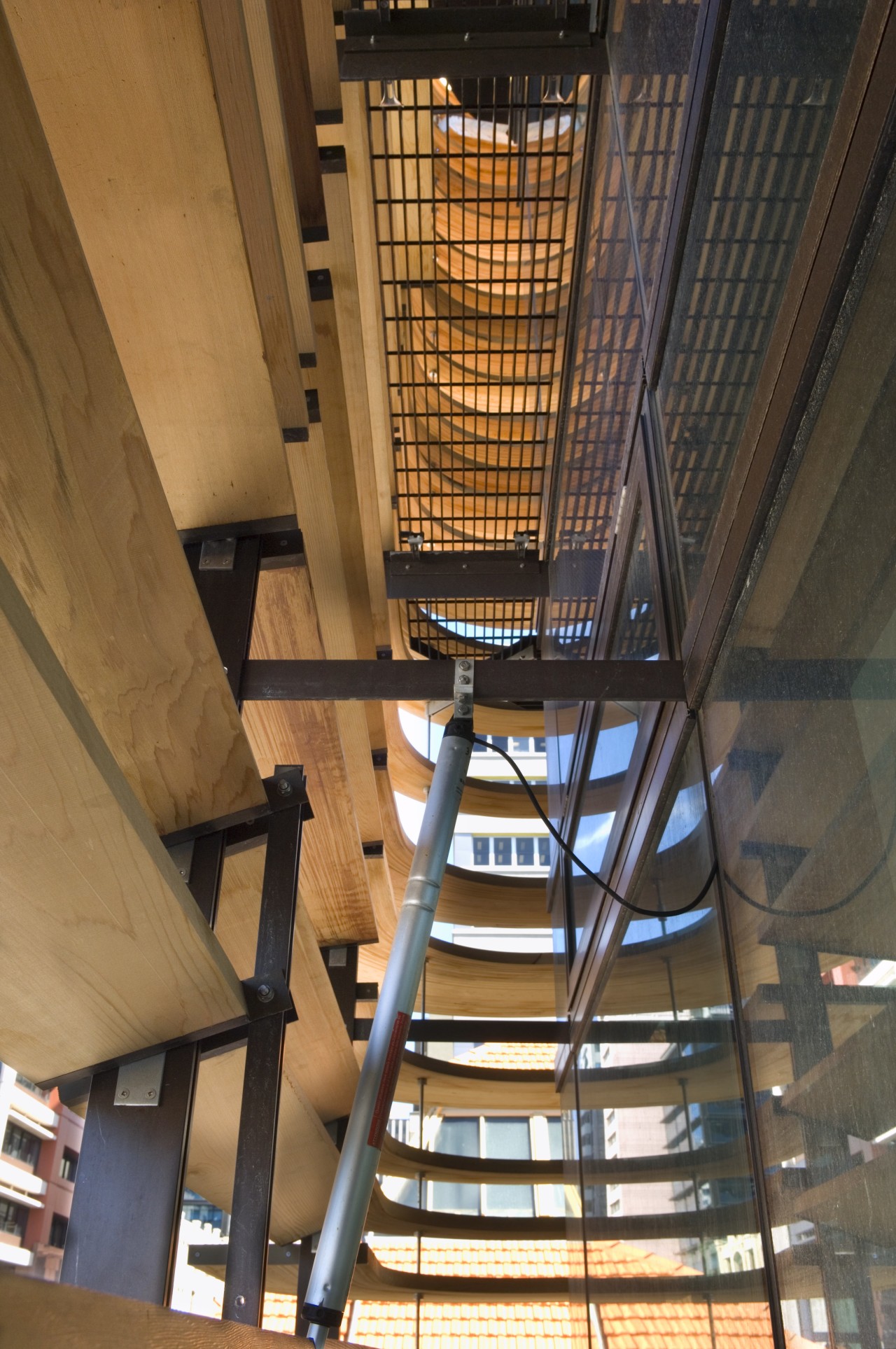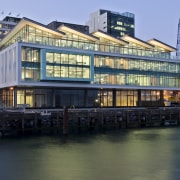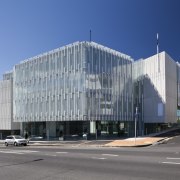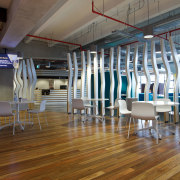people come first
High-performing buildings where people are happy, healthy and productive make sound economic sense Paul Tuckley, New Zealand Green Building Council

There is a Maori saying: He aha te mea nui o te ao? He tangata, he tangata, he tangata. It asks, what is the most important thing in the world? The people, the people, the people.
Since the very first human settlements, buildings have been designed with one key purpose in mind to meet the needs of the occupants. Agriculture was the primary driver for the development of Stone Age settlement, and up until the industrial revolution much of humanity remained tied to the land.
We are now living in a society that is far removed from our evolutionary environment, with more than half of the world's population now living in cities. In the developed world, we spend as much as 90% of our time in artificial indoor environments that are a vast contrast to our natural state, and for many of us this means long hours in commercial office buildings.
Winston Churchill famously said, "We shape our buildings and thereafter they shape us." This is a very astute observation that suggests that the building reflects the qualities and aspirations of those involved in the creation, whereas once the building is occupied the people take on the quality of the building. While this is certainly true the impact can be both positive and negative.
Many of us are still prepared to work in office environments that have more in common with zoo cages of the past. Offices that are not designed with the physical, psychological and social well-being of occupants in mind can contribute to psychological and stress-related illnesses and impact on productivity, learning and creativity.
Biologist Stephen Boyden defined (1971) the optimum healthy environment as "the conditions that tend to promote or permit the optimal physiological, mental, and social performance in its natural or evolutionary' environment."

Boyden suggests that a healthy environment should provide occupants with the opportunity to engage in spontaneous social encounters; the opportunity for relaxation and psychological restoration; the opportunity for privacy and for movement between interaction and solitude, as desired; the opportunity for learning and information sharing; the opportunity for connection to the natural environment; sound levels not much above or below that of nature; meaningful change and sensory variability; an interesting visual environment with aesthetic integrity; a sense of social equity and respect; and the ability to maintain and control personal comfort.
People intuitively understand these needs, and yet too many commercial office spaces are not meeting the needs of the people. Cost is often cited as the main issue, yet simple and relatively cheap investment in areas such as lighting has been shown to improve productivity by up to 23%.
These attributes are understood by advocates and practitioners of green buildings and we are fortunate in New Zealand that we have some fantastic examples of buildings built with occupants in mind.
Indoor environmental quality, and the interplay between the use of space and attributes such as natural lighting, thermal comfort, acoustics and ergonomics, have been shown to have a significant impact on the health, wellbeing and productivity of occupants. This results in lower absenteeism and reduced staff turnover.
Wellington's Meridian Building was the first certified Green Star building in New Zealand and was designed with the people in mind. A post occupancy study showed that staff productivity had improved by 9%. Since then more than 100 projects have achieved Green Star ratings, many of which have demonstrated world leadership in indoor environmental quality.
The World Green Building Council produced a compelling report on the business case for green building that synthesises all the credible global evidence into one collective resource. The key findings show there is a big gap between actual and perceived cost of green buildings costs that are in fact trending downwards. The cost premium for most certified green buildings is 0% to 4%, but they're perceived by industry to be up to 29% more expensive to build.

Building green often costs less than conventional buildings, particularly when cost and environmental factors are considered. Sustainable buildings also cost less to run over the long term. This generally makes up for any cost premiums during design and construction, within a reasonable payback period.
Green buildings have a marked effect on staff productivity. Improved lighting, ventilation and views of the outdoors have been proven to boost employee productivity by 11% to 23%, benefiting business performance and profitability. Green buildings also deliver better returns. Research shows higher sales prices, higher occupancy, and greater demand from prospective tenants.
The World Green Building Council is currently undertaking a global project to establish a common way of measuring productivity and financial benefits. The information can then be used to better inform investment decisions and drive change.
Details of the WGBC study can be found on the NZGBC website: www.nzgbc.org.nz
Story by: Trendsideas
Home kitchen bathroom commercial design
Diving into nature
Classic looks, contemporary efficiency
Personality plus
Commercial Design Trends Vol. 30/6
Commercial Design Trends is aimed at our professional readers, and showcases commercial buildings. The book features reg...
Read More








